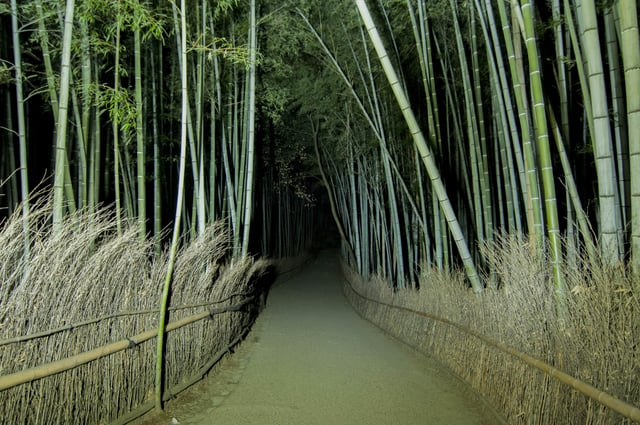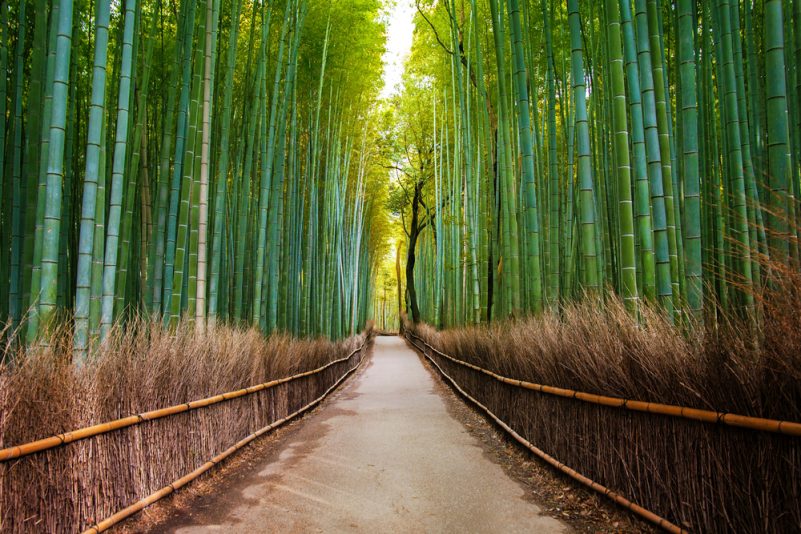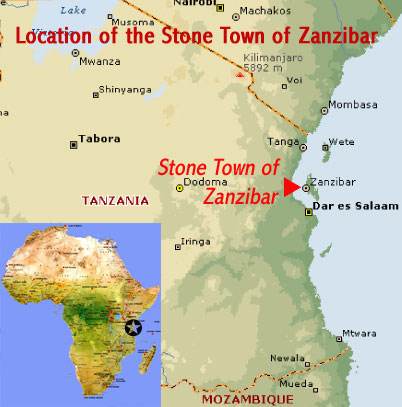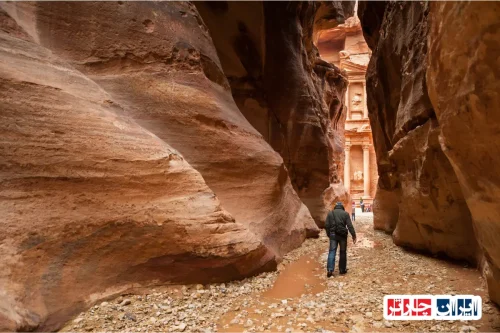Exploring the Enchanting Arashiyama Bamboo Grove in Kyoto, Japan: A Natural and Cultural Treasure
Discover the breathtaking beauty of the Arashiyama Bamboo Grove in Kyoto, Japan, a must-visit destination that seamlessly blends natural serenity with rich cultural heritage. This iconic bamboo forest offers visitors a unique opportunity to immerse themselves in a tranquil environment where towering bamboo stalks sway gently in the breeze, creating a mesmerizing landscape that captivates every traveler. Whether you’re seeking a peaceful walk, stunning photography spots, or a deeper understanding of Japanese traditions, exploring this lush grove promises an unforgettable experience. The area surrounding the bamboo forest is also home to historic temples, traditional gardens, and local artisan shops, making it a comprehensive cultural journey. Visiting the Arashiyama Bamboo Grove in Kyoto, Japan not only provides a visual feast but also connects you with centuries-old customs and the natural beauty that defines Japan’s spiritual landscape. Plan your trip to this enchanting location and enjoy a harmonious blend of nature and history that will leave a lasting impression on your heart and mind.

Discover the Enchanting Arashiyama Bamboo Grove in Kyoto, Japan
Experience the mesmerizing beauty of the Arashiyama Bamboo Grove in Kyoto, Japan, a natural wonder that captivates visitors with its towering bamboo stalks and serene atmosphere. This iconic destination offers a unique blend of natural splendor and cultural heritage, making it a must-visit for travelers seeking tranquility and scenic beauty. Walking through the dense bamboo forest provides a sense of peace and connection with nature that is hard to find elsewhere in Japan.
How to Plan Your Visit to the Arashiyama Bamboo Forest in Kyoto, Japan
Planning your trip to the Arashiyama Bamboo Grove in Kyoto, Japan, involves selecting the best times to visit and understanding access routes. The area is easily reachable via Kyoto’s efficient train system, with the Saga-Arashiyama station being the closest stop. For an optimal experience, consider visiting early in the morning or late in the afternoon to avoid crowds and enjoy the peaceful ambiance of the bamboo forest. Combining your visit with nearby attractions like temples and traditional gardens can enrich your experience.
Understanding the Cultural Significance of the Bamboo Forest in Kyoto, Japan
The bamboo grove in Kyoto, Japan, holds deep cultural and spiritual significance. Historically, bamboo has symbolized resilience, purity, and strength in Japanese culture. The towering stalks have been used in traditional crafts, architecture, and religious rituals for centuries. Visiting this site offers insight into Japan’s reverence for nature and its integration into spiritual practices, making it a meaningful experience for those interested in Japanese heritage.
Best Photography Tips for Capturing the Beauty of Kyoto’s Bamboo Forest in Japan
Capturing stunning photos of the bamboo grove in Kyoto, Japan, requires strategic planning. Early morning or late afternoon provides soft, warm lighting ideal for photography. Use wide-angle lenses to encompass the towering bamboo and experiment with different angles to create depth. Incorporate natural elements like sunlight filtering through the stalks or reflections in nearby water to add visual interest. Remember to keep your camera steady with a tripod for sharp images, especially in low light conditions.
Seasonal Highlights: When to Visit the Bamboo Forest in Kyoto, Japan
The best times to visit the bamboo grove in Kyoto, Japan, depend on your preferences for scenery and weather. Spring offers cherry blossoms and mild temperatures, creating a picturesque backdrop. Summer brings lush greenery and vibrant foliage, perfect for nature lovers. Autumn showcases colorful leaves that contrast beautifully with the green bamboo, while winter provides a tranquil, snow-dusted landscape. Each season offers a unique perspective, so plan accordingly to experience the grove at its most breathtaking.
Exploring Nearby Attractions Around the Kyoto Bamboo Grove in Japan
Beyond the bamboo forest, Kyoto offers numerous cultural sites worth exploring. Nearby attractions include historic temples, traditional tea houses, and scenic river walks. The Togetsukyo Bridge and Tenryu-ji Temple are within walking distance and provide additional insight into Kyoto’s rich history. Combining these sites with your bamboo forest visit creates a comprehensive cultural experience that highlights the city’s timeless charm.
Environmental Conservation Tips for Visiting the Bamboo Forest in Kyoto, Japan
Preserving the natural beauty of the bamboo grove in Kyoto, Japan, requires responsible tourism. Visitors should stay on designated paths to prevent damage to the delicate bamboo stalks. Avoid littering and respect local regulations to maintain the area’s pristine condition. Supporting eco-friendly initiatives and local conservation efforts helps ensure that future generations can enjoy this natural wonder as much as you do today.
Local Cuisine and Souvenirs to Enhance Your Kyoto Bamboo Forest Experience in Japan
Enhance your visit to the bamboo grove with local culinary delights and unique souvenirs. Try traditional Kyoto dishes such as kaiseki or matcha-flavored sweets at nearby cafes. For souvenirs, handcrafted bamboo crafts, tea sets, and traditional textiles make memorable keepsakes. Visiting local markets and artisan shops allows you to support small businesses and take home authentic memorabilia that reflect the region’s rich cultural heritage.
Why the Arashiyama Bamboo Grove in Kyoto, Japan, Should Be on Your Travel Bucket List
The Arashiyama Bamboo Grove in Kyoto, Japan, offers an unforgettable journey into nature and tradition. Its towering bamboo stalks, tranquil pathways, and cultural significance make it a top destination for travelers seeking serenity and natural beauty. Visiting this iconic site not only provides stunning photo opportunities but also deepens your understanding of Japan’s harmonious relationship with nature. Make sure to include this enchanting bamboo forest in your travel plans for an experience that will stay with you forever.

FAQ
- What is the best time to visit the Arashiyama Bamboo Grove?
- The ideal times to experience the bamboo forest are early morning or late afternoon. Visiting during these hours helps you avoid crowds and enjoy the peaceful atmosphere. Spring and autumn also offer particularly scenic views with cherry blossoms or colorful leaves.
- How can I reach the Bamboo Grove in Kyoto?
- The most convenient way is to take a train to Saga-Arashiyama Station, which is close to the bamboo forest. From there, it’s a short walk. Buses and taxis are also available for easy access from central Kyoto.
- Are there any cultural significances associated with the bamboo forest?
- Yes, the bamboo grove holds deep cultural and spiritual importance in Japan. Bamboo symbolizes resilience and purity, and it has been used in traditional crafts, architecture, and rituals for centuries, reflecting Japan’s reverence for nature.
- What photography tips should I follow to capture the beauty of the bamboo forest?
- Use wide-angle lenses to capture the towering stalks, shoot during golden hours for soft lighting, and experiment with different angles. Incorporate natural light filtering through the bamboo or reflections in nearby water for stunning images. A tripod can help in low-light conditions.
- Which seasons are the most scenic for visiting the bamboo grove?
- Spring offers cherry blossoms, summer features lush greenery, autumn displays vibrant fall foliage, and winter provides a tranquil, snow-dusted landscape. Each season offers a unique experience, so choose based on your preferred scenery.
- What are some nearby attractions to explore around the Bamboo Grove?
- Close attractions include historic temples like Tenryu-ji, scenic river walks, and the Togetsukyo Bridge. Visiting these sites enriches your cultural experience and provides additional photo opportunities.
- How can I help preserve the bamboo forest during my visit?
- Stay on designated paths, avoid littering, and respect local rules. Supporting eco-friendly initiatives and conservation efforts ensures the natural beauty remains for future visitors.
- Are there local foods or souvenirs I should try or buy?
- Enjoy Kyoto’s traditional dishes like kaiseki and matcha sweets. For souvenirs, handcrafted bamboo crafts, tea sets, and textiles are popular and authentic keepsakes that reflect the region’s culture.
- Why should the Arashiyama Bamboo Grove be on my travel list?
- This iconic site offers a serene escape into nature, with towering bamboo stalks and cultural depth. It’s perfect for memorable photos and gaining insight into Japan’s harmony with nature, making it a must-visit destination.
- Is there an entrance fee for the bamboo forest?
- No, the bamboo grove in Arashiyama is free to visit. However, some nearby attractions or temples may charge entrance fees.
- Can I visit the bamboo forest with children or elderly?
- Yes, the paths are generally accessible, making it suitable for families and seniors. Just ensure to wear comfortable shoes and plan for some walking.
- Are there guided tours available for the bamboo grove?
- Yes, various tour operators offer guided walks that include the bamboo forest and nearby sites, providing historical and cultural insights.
- What should I bring for my visit to ensure a good experience?
- Bring comfortable walking shoes, a camera, water, and sun protection. If visiting in early morning or late afternoon, consider a tripod for photography.
- Is it crowded during peak seasons?
- Yes, especially during spring and autumn. Visiting early in the morning or late in the day can help you enjoy a quieter experience.
- Are there any restrictions or rules I should be aware of?
- Respect the natural environment, stay on designated paths, avoid loud noises, and do not disturb wildlife or other visitors. Follow any posted signs and guidelines.

























